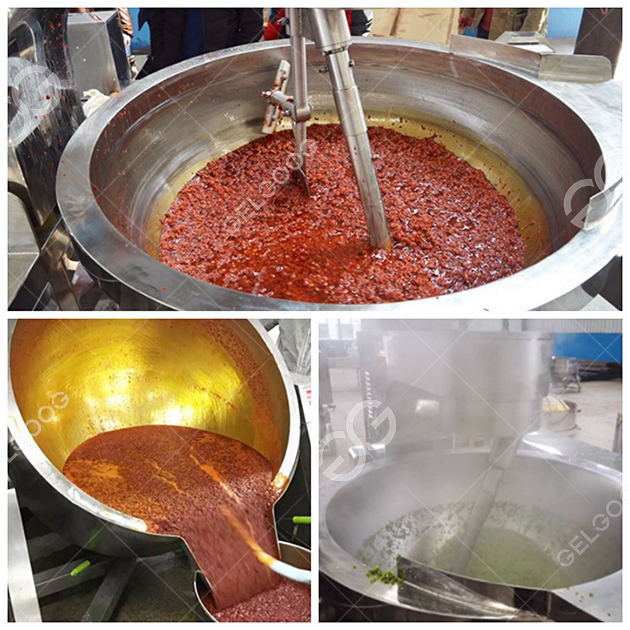The jacketed kettle is usually used for cooking, cooking rice porridge, porridge, soup, cooking rice, sugar, gum, oil, cooking noodles, fried fillings (such as bean paste, lotus paste, moon cakes) Stuffing, mung bean stuffing, etc.), boiled dried bamboo shoots, boiled marinated products (such as dried tofu, meat products, short, etc.), marinated products (such as chicken feet, chicken wings, marinated eggs, duck feet, duck necks, pig ears, etc.), soy sauce And other food industry.
The selection of jacketed kettle is usually based on material and structure. As for the heating method, it depends on the conditions of your current plant. If you have a steam boiler in your plant or need to use a steam boiler, it is recommended to use steam heating. Yes, it saves costs.
If there is no steam jacketed kettle or the steam boiler is not needed in production, it is recommended to use electric heating type. This heating method is very convenient to use. As long as there is electricity, it can run processing and production without delay.
The heating method is selected, and the next step is to select the material. The jacketed pot produced by our company has two types: stainless steel and semi-steel (stainless steel is used for the material contact part). As for the choice, it depends on which industry your product belongs to. If it is an industry with high hygiene requirements such as food and daily necessities (such as tooth green, etc.), stainless steel is recommended.

Finally, we must choose the structure. The structure depends on the characteristics of your materials. Such as: non-viscous liquid materials (boiling water, boiling soup, boiling oil, etc.). It is recommended to choose a vertical jacketed pot with a stirring structure; such as: non-sticky solid materials (boiled noodles, boiled products, boiled dried bamboo shoots, etc.), it is recommended to choose a tilting jacket without a stirring structure: For viscous materials (boiled sugar, fried fillings, porridge, etc.), it is recommended to choose a tiltable jacketed pot with a stirring structure.